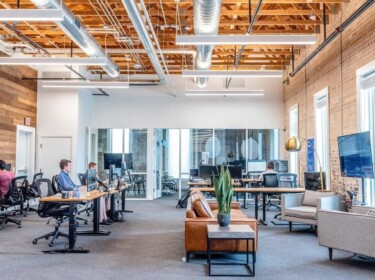Dispositifs « MaPrimeRénov’ » et « Eco-PTZ » : les alliés des copropriétés !
Depuis plusieurs années, l’État a mis en place des aides financières pour réhabiliter les habitations en termes de performance énergétique. Le Gouvernement a récemment apporté des ajustements à l’éco-prêt à taux zéro (éco-PTZ) et à l’aide Ma PrimeRénov’ Copropriétés. Faisons le point.
MaPrimeRénov’ et Eco-PTZ : de nouveaux ajustements
Pour rappel, l’éco-PTZ est un prêt à taux zéro destiné à financer les travaux de rénovation énergétique d’une habitation.
Le Gouvernement a créé une nouvelle catégorie d’éco-PTZ pour financer le reste à charge des travaux affectés dans le cadre de l’aide MaPrimeRénov’ Copropriétés.
Ce dispositif a pour objet le financement des travaux d’ampleur pour les parties communes et les parties privées déclarées d’intérêt collectif des copropriétés pour un gain énergétique d’au moins 35 %.
Cet éco-PTZ, consenti au syndicat des copropriétaires, peut s’élever jusqu’à 50 000 € maximum par nombre de logements détenus par les copropriétaires participant à ce prêt afin de financer les travaux d’amélioration de performance énergétique réalisés dans le cadre de MaPrimeRénov’ Copropriétés.
Ces modifications s’appliquent aux offres de prêt émises depuis le 1er septembre 2024.
Dispositifs « MaPrimeRénov’ » et « Eco-PTZ » : les alliés des copropriétés ! – © Copyright WebLex
